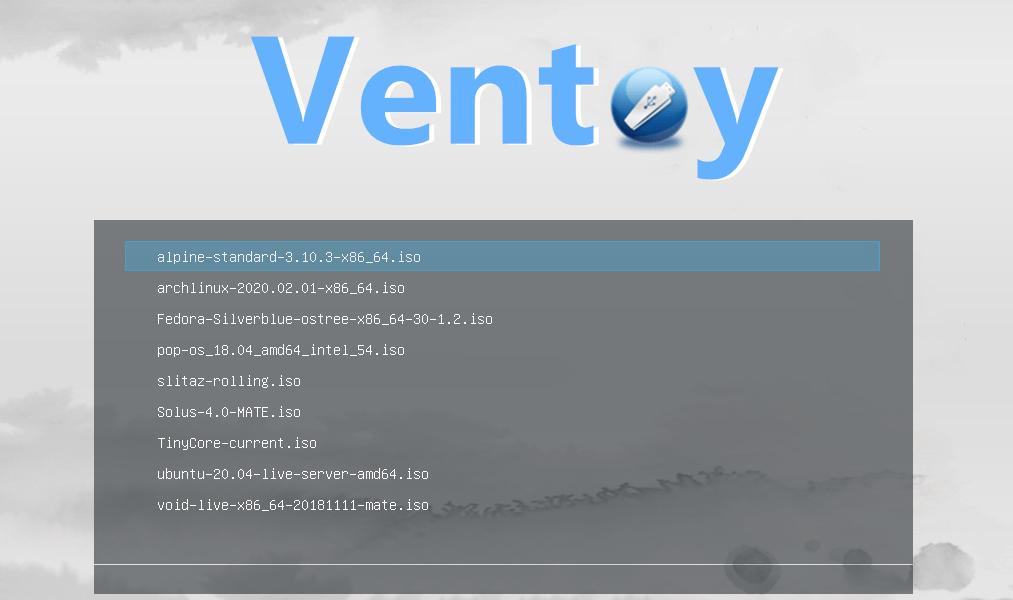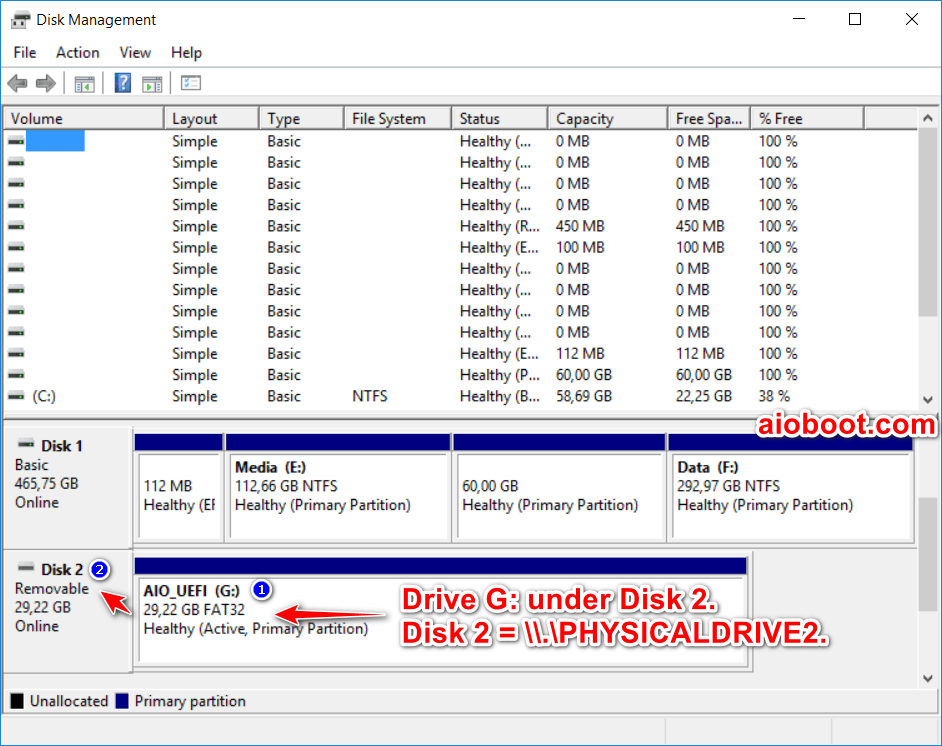



The “Plug In Action” should be set to “Connect to Linux”. If you are using USB-C, ensure that you have USB 3.0 selected. In “USB Devices” ensure that “USB Compatibility” is set to “USB 3.0” if you have a compatible setup. Now we can get into the USB section and ensure everything will work like a real system. Optionally, check “Use full resolution for Retina display”. This is an optional option, however it improves the performance. Next, in “Display”, check “Accelerate 3D Graphics”. Ensure at least 2048MB memory is allocated, and at least 2 cores. Processīe sure to select “Linux” and the latest Debian 64-bit versionĬreate a new virtual disk (This will be removed later) Since then there have been some updates to VMware Fusion that make this process a bit easier.Īs a review, we will be creating a VM that has no hard drive attached and will boot the USB off of EFI. This can come in handy if a USB is not working how it should, as it can reduce time from needing to reboot or transfer it to another machine. A few years ago we released a blog post on VMware Fusion Kali USB Boot.


 0 kommentar(er)
0 kommentar(er)
